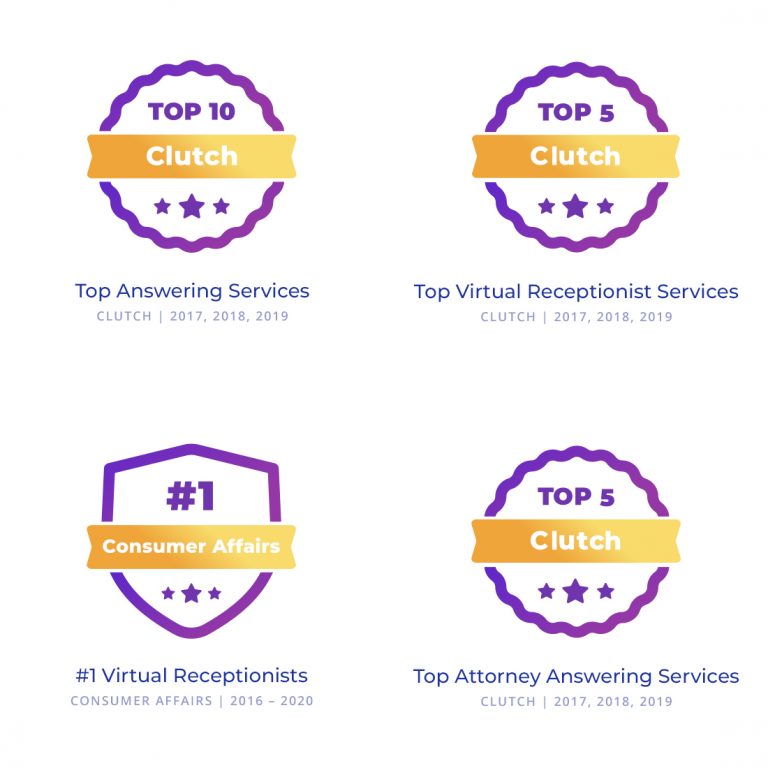Big data is not just for the big companies. Big data has been around for quite some time, but it may seem like an elusive jargon to you. With explosion of real-time data applications, it is but obvious that a huge amount of data is accumulated in various applications. Large businesses were quick to realize the value of this treasure trove and deployed various data analytics techniques to discover trends and gain insights.
However, big data analytics is no more a territory of the biggies. Small businesses have finally taken the plunge by jumping on the bandwagon. Today, SMBs use big data analytics to offer better products and services. Predictive analytics, an advanced form of big data analytics, is used to predict customer behavior, market trends and suggest a corrective action to hit the bull’s eye.
Preparing for big data analytics
Before you implement analytics, you must identify the problem you want the solutions for. Define your objective, find useful data sources, measure KPIs and select from various affordable analytical solutions in the market. Understand what your customers want, why they ditch you and take action to retain them.
If you are a startup, analytics will help you find out what type of customers would be dying to buy your products and services. Big data analytics also help you to plan your marketing campaigns and optimize spending. Inventory tracking and demand forecasting are some of the other benefits you can expect by integrating big data with your CRM and answering service.
Implementing big data analysis in call centers
Many call centers have already begun to collect data and analyze it to improve customer experience and offer valuable insights to companies. If you already have subscribed to an answering service, here are some reasons why you should consider investing in big data analytics too, alongside.
1. Speech analysis
Call centers hold umpteen recorded calls categorized as unstructured data. This data can be understood with Natural Language Processing (NPL) technology to study the good, the bad and the ugly calls. NLP algorithms understand the different phrases used by speakers to convey the same idea. The calls can be routed to the right department saving agents’ and customers’ time.
NPL closely examines speech characteristics including tone, vocabulary, emotions and sentiments to gauge customer satisfaction. It can prompt agents in real-time about keywords to direct their responses to customer queries. Use speech analysis to distinguish between active and passive agents, gauge their knowledge and determine who requires more training. In the end, your company will be providing great customer service, and customers will love you for that.
2. Predictive analytics
Predictive analytics is used in tandem with speech analysis to develop effective approach to customer communication. It is a tool to assess customer behavior, and customer trends to improve agent effectiveness and enhance customer experience. It helps you to develop excellent marketing campaigns, and target the right leads.
Predictive analytics teaches you to handle different types of customers. And it is not just calls; social media data too is used to track customer complaints or product issues. Live receptionists can easily deal with frequent callers, and provide the solutions they expect, thanks to predictive analytics.
Advanced statistical tools are used to analyze calls, social media data, emails and text messages, and predict outcomes. These predictions will help you to deal with your target audience better, and prepare for future marketing campaigns and operational strategy. Who could have known that a simple answering service could provide so much of valuable insight?
3. Interactive Voice Response (IVR) Analytics
Running an IVR to handle calls is a normal process. Imagine the amount of data you have hidden in those seemingly dead IVR records. Data analytics can help you to identify the reasons why customers called, and take actions before they make calls again in future. You will be able to predict when customers opt out of IVR to talk to agents and what triggered that action. Such data and insight helps you to provide a better customer service experience to callers. You will be able to differentiate between calls that can be handled by IVR, and that which need human intervention.
4. Cross Channel Analytics
Customers could be interacting with you via emails, social media, and text message apart from calls. Analyze all channels of communication to identify frequently used channels and improve the quality of interaction on those channels. Cross channel analytics also help you to come up with better marketing and ad campaigns, so that you can reach your preferred customers in an incisive manner.
5. Performance analytics
Call center performance is determined by the efficiency of its agents. You and your managers get a dashboard view of critical performance indices based on historical as well as real-time data. This can help to minimize customer attrition, a problem that can be avoided with superior customer service.
Convert your big data into information
Running a business is not an easy task considering the challenges a fledgling company faces in a highly competitive environment. Analyzing customer call records through data analysis is a great way to utilize your dormant data. Give your ROI a boost with call center analytics, coupled with predictive analysis.
Gain customer trust and expand customer base by taking profitable business decisions and predicting future business outcomes. In the end, it does not really matter whether you are a small or a big business. What matters is how big you think. And big data analysis to look into unstructured data is definitely a step in the right direction. Most importantly, do not forget that it is easy to integrate big data and predictive analysis with CRM and call center tools.
